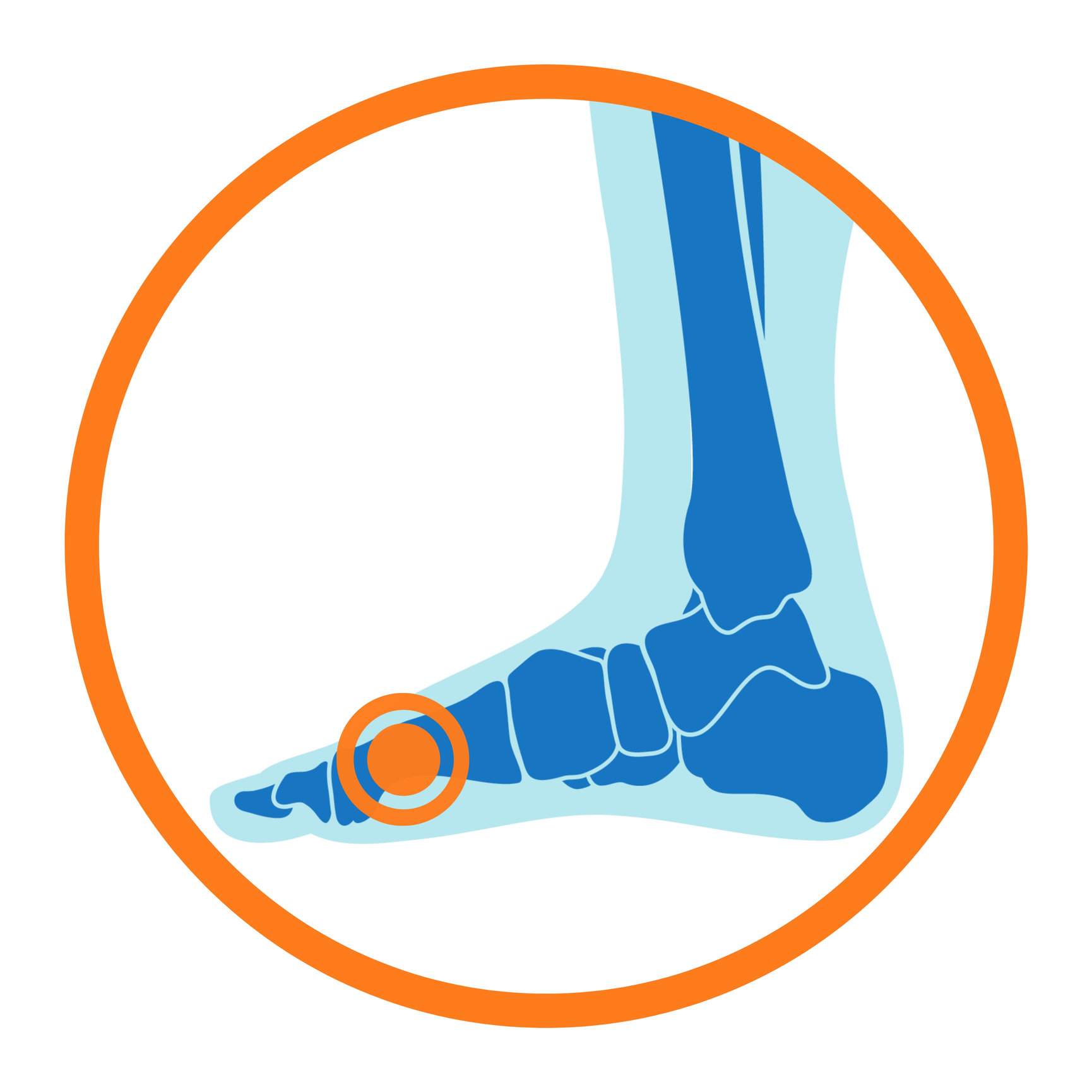Understanding the Differences Between Acute Ankle, High Ankle, Foot and Midfoot Ankle Sprains
An ankle sprain is an injury to the ligaments in the ankle caused by a sudden twist or fall. Ankle sprains can range from mild to severe and can be classified as either an acute ankle sprain, a high ankle sprain, a foot sprain, or a midfoot ankle sprain. At Foot & Ankle Centers of Frisco, Little Elm, & McKinney, our team offers high-quality care. Our leading physicians use some of the latest diagnostics and treatment techniques to achieve optimal outcomes for each patient.
Acute Ankle Sprain
An acute ankle sprain is an injury of the ligaments in the ankle, usually caused by an abrupt twisting or an unnatural rolling of the ankle. It is one of the most common sports injuries, and can occur when landing from a jump, pivoting, or running. Symptoms of an acute ankle sprain include pain, swelling, bruising, and difficulty bearing weight. Treatment includes rest, ice, compression, and elevation of the ankle. Depending on the severity of the injury, a person may also need to use crutches, wear a brace, and/or take anti-inflammatory medications. Physical therapy may be needed for more severe injuries to help restore strength and range of motion.
High Ankle Sprain
High ankle sprains are injuries to the ligaments that connect the tibia and fibula, commonly known as the syndesmosis. These sprains are more serious than typical ankle sprains, as they can take a longer time to heal and may require surgery. Symptoms of a high ankle sprain include pain, swelling, instability, and difficulty bearing weight. Treatment typically includes rest, ice, compression, and elevation of the ankle. Depending on the severity of the injury, a person may also need to use crutches, wear a brace, and/or take anti-inflammatory medications. Physical therapy is usually recommended to help restore strength and range of motion. Surgery may be necessary if the ligaments have been torn or if the injury fails to respond to conservative treatment.
Midfoot Sprain
A midfoot sprain is an injury to the ligaments of the midfoot, which are located between the arch and the heel of the foot. It is typically caused by a sudden twist or rolling of the foot. Symptoms of a midfoot sprain include pain, swelling, bruising, and difficulty bearing weight. Treatment typically includes rest, ice, compression, and elevation of the foot. Depending on the severity of the injury, a person may also need to use crutches, wear a brace, and/or take anti-inflammatory medications. Physical therapy is usually recommended to help restore strength and range of motion. Surgery may be necessary if the ligaments have been torn or if the injury fails to respond to conservative treatment.
Foot Sprain
A foot sprain is an injury of the ligaments in the foot, usually caused by an abrupt twisting or rolling of the foot. Symptoms of a foot sprain include pain, swelling, bruising, and difficulty bearing weight. Treatment typically includes rest, ice, compression, and elevation of the foot. Depending on the severity of the injury, a person may also need to use crutches, wear a brace, and/or take anti-inflammatory medications. Physical therapy is usually recommended to help restore strength and range of motion. Surgery may be necessary if the ligaments have been torn or if the injury fails to respond to conservative treatment.





